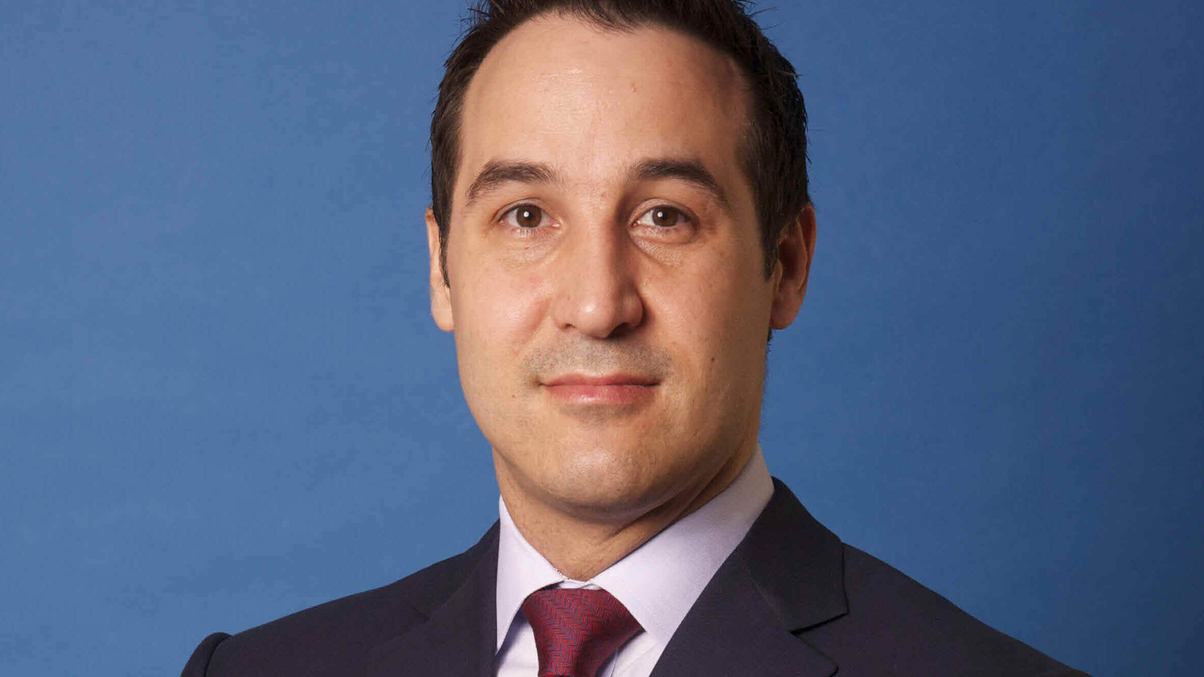Multi-family office model suits Asia: Julius Baer
Dave Reymond, a senior executive at the Swiss private bank, takes issue with comments by Pictet’s Grégoire Imfeld that the multi-family model may not work so well in the region.

Earlier this year, Grégoire Imfeld, senior relationship manager for family offices at Swiss private bank Pictet, argued that multi-family offices are unlikely to gain as much traction as their single-family counterparts in Asia.
Sign in to read on!
Registered users get 2 free articles in 30 days.
Subscribers have full unlimited access to AsianInvestor
Not signed up? New users get 2 free articles per month, plus a 7-day unlimited free trial.
¬ Haymarket Media Limited. All rights reserved.


